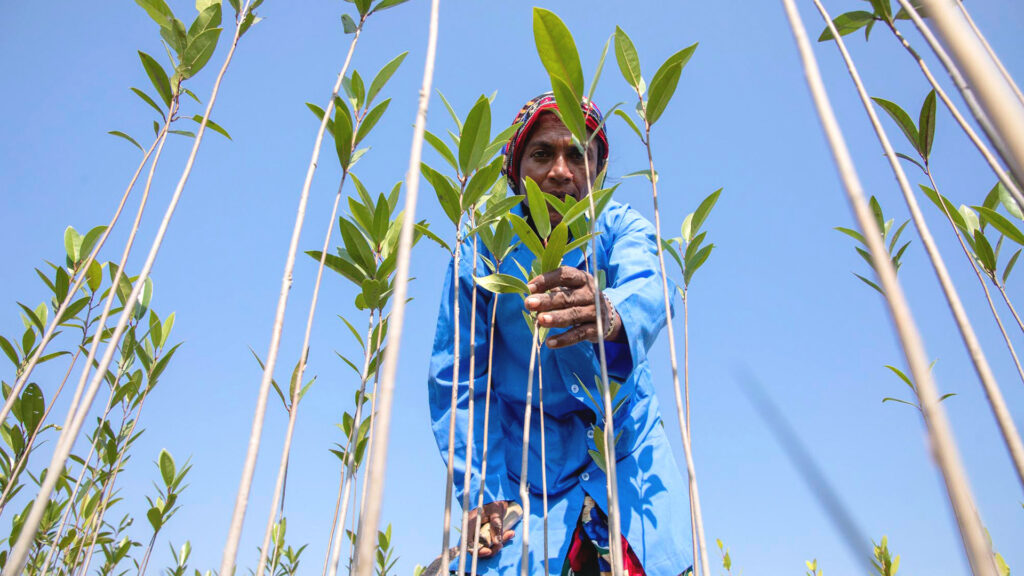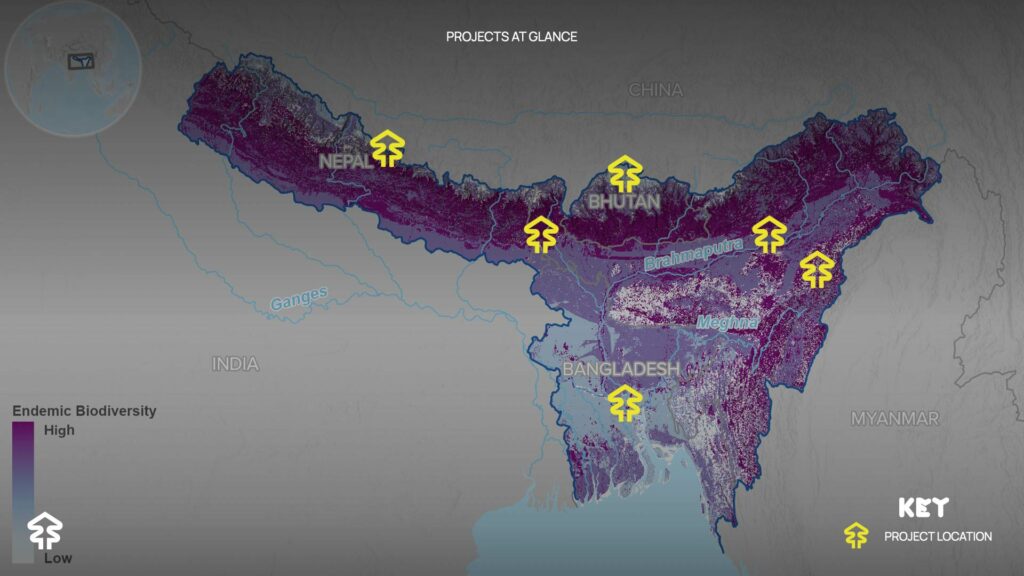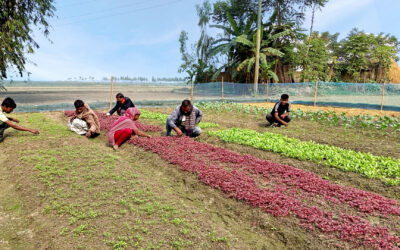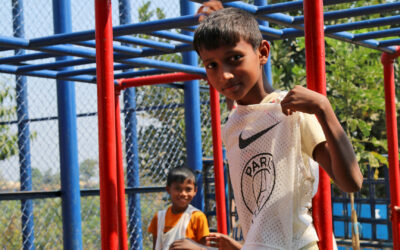The Great People’s Forest of the Eastern Himalayas Initiative announces rapid scaling portfolio at COP28

by Raeed Abd-Allah Chowdhury
December 12, 2023
The Balipara Foundation announced its rapid scaling portfolio for the “Great People’s Forest of the Eastern Himalayas” on December 9, 2023, at COP28. Since 2022, Balipara Foundation and Conservation International have been working together to design this initiative, which comprises multiple ready-to-scale projects from its founding implementing partners, of which Friendship is one.
The portfolio is designed to impact 178,000 individuals, and plant 20 million trees in 61,000 hectares of land in four countries, namely India, Bangladesh, Nepal, and Bhutan. This scaling portfolio, which is ready to kick off in 2024, is the first step towards the ultimate goal of planting 1 billion trees in 1 million hectares to benefit 1 billion people.
The fundraising requirement is USD 20 million, of which 16.6 million will be for the direct implementation of projects, as well as funding to enhance and scale the restoration elements of the various participating projects and launch the science agenda.
Friendship’s extant mangrove afforestation project is a major player in the initiative, and through it, 100 hectares will be restored, 300,000 new trees planted, and will directly benefit 13,800 people from the local communities.

For context, the Eastern Himalayas tower of the valleys and plains of India, Bhutan, Nepal, and Bangladesh—the four participating countries, and are together home to one-in-four people on the planet. Two of the largest rivers in the world, that this region is completely reliant on, the Ganges and the Brahmaputra are fed by the Eastern Himalayas, and enrich the soil of one of the most densely populated places in the world, which also contains one-twelfth of all biodiversity on the planet. The confluence of these rivers is in Bangladesh, which ultimately flows out into the Bay of Bengal. This coastline is protected by the Sundarbans—the largest mangrove forest in the world, and the home of Friendship’s mangrove afforestation programme that protects communities from tropical storms, tidal surges, and salinity intrusion while being a source of livelihood and resources for the local communities and sequestering carbon emissions.
On a broader scale, the planet’s climate stability relies on 636 million tonnes of irrecoverable carbon stored here, including the Sundarbans. The portfolio’s diverse range of activities through its projects includes new tree plantation, direct conservation of threatened ecosystems, restoration of degraded land, community capacity building, youth participation, livelihood creation, and knowledge and science generation. Of the 61,000 hectares that will be affected, 36,000 are for conservation, and the remaining 25,000 will be for reforestation and afforestation.
The initiative will also work together with founding implementing partners with decades of experience and expertise, and build frameworks to integrate regional and community scientific knowledge with technology to create models that will both inform decision-making on target areas and intervention types and serve as impact monitoring tools and create the basis for linking land restoration and conservation impacts to wider benefits.

For instance, the enhanced green cover has a range of effects on nature and biodiversity such as protection for endangered species, better soil quality, and improved water supply. The mitigation measures such as carbon sequestration will serve to improve air quality, decrease drought and water scarcity, and also serve as protection from climatic disasters. Finally, community involvement will result in the creation of prosperous, climate-resilient communities with eco-conscious livelihoods, economic growth in the developing region, improved agricultural yields and food security, increased access to basic assets like water and clean air, avoidance of human-wildlife conflict stemming from encroachment into habitats, and a general increase in social wellbeing.
The urgency with which the world has taken the conservation efforts in South America and Africa, with the Amazon and Congo Basin respectively is well-known, but the Eastern Himalaya region and the magnitude of effects that it will have has been woefully underrepresented.
Consequently, Balipara Foundation and Conservation International have started this initiative, featuring the ready-to-scale projects of founding implementing partners like Friendship, the Bhutan Trust Fund, Bhutan Ecological Society, Atree (Ahsoka Trust for Research in Ecology and the Environment) and Teri (The Energy and Resources Institute).
Friendship also held a session on COP28’s final day on the subject at the IUCN pavilion, which readers can view online.



